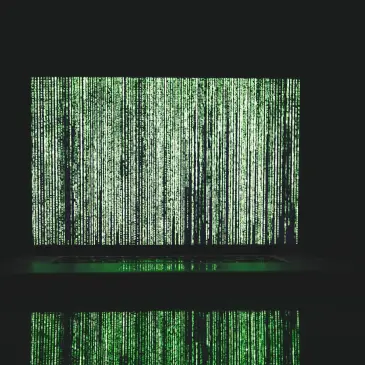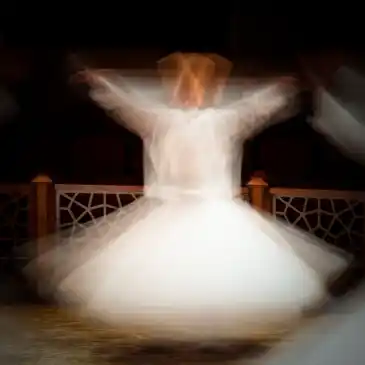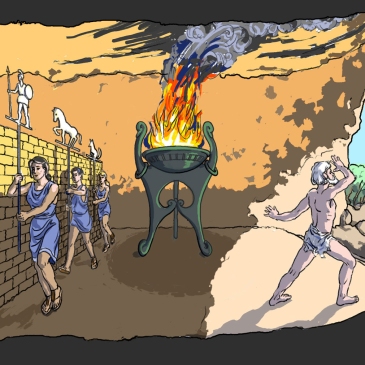All is He, and He’s none other than the Self, the very seeing, the very hearing, etc.. So, detecting fault is faulty detecting.” The Shaykh slipped into the golden silence before he continued, “In agreement with our doctrine, what one sees is none other than He (wherever you turn, there’s the Face of God), and He’s none other than the seeing Self, and hence what one sees is none other than the Self. A man who sees defect is seeing himself, and lacking wisdom, he thinks the defect is outside of himself and attached to this or that object or person. Only if he knew the doctrine by heart, and knew that the Self is free of all defects, he’d instantly recognize that in seeing defect he’s not seeing at all. If you can’t grasp the significance of all this, contemplate the two ways the eyes can see and comprehend a doughnut, and that’s the way of the knowers of the truth. And if you abandon even that and rise to the level of the lovers of truth, you’ll see that the lovers care not about the nature of a doughnut but rather drop away their reason to taste and take pleasure in the sweetness of the doughnut. And here’s a little secret for you: the Elect have favored the Boston Cream.” … More Boston Cream Doughnuts









